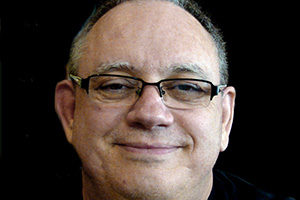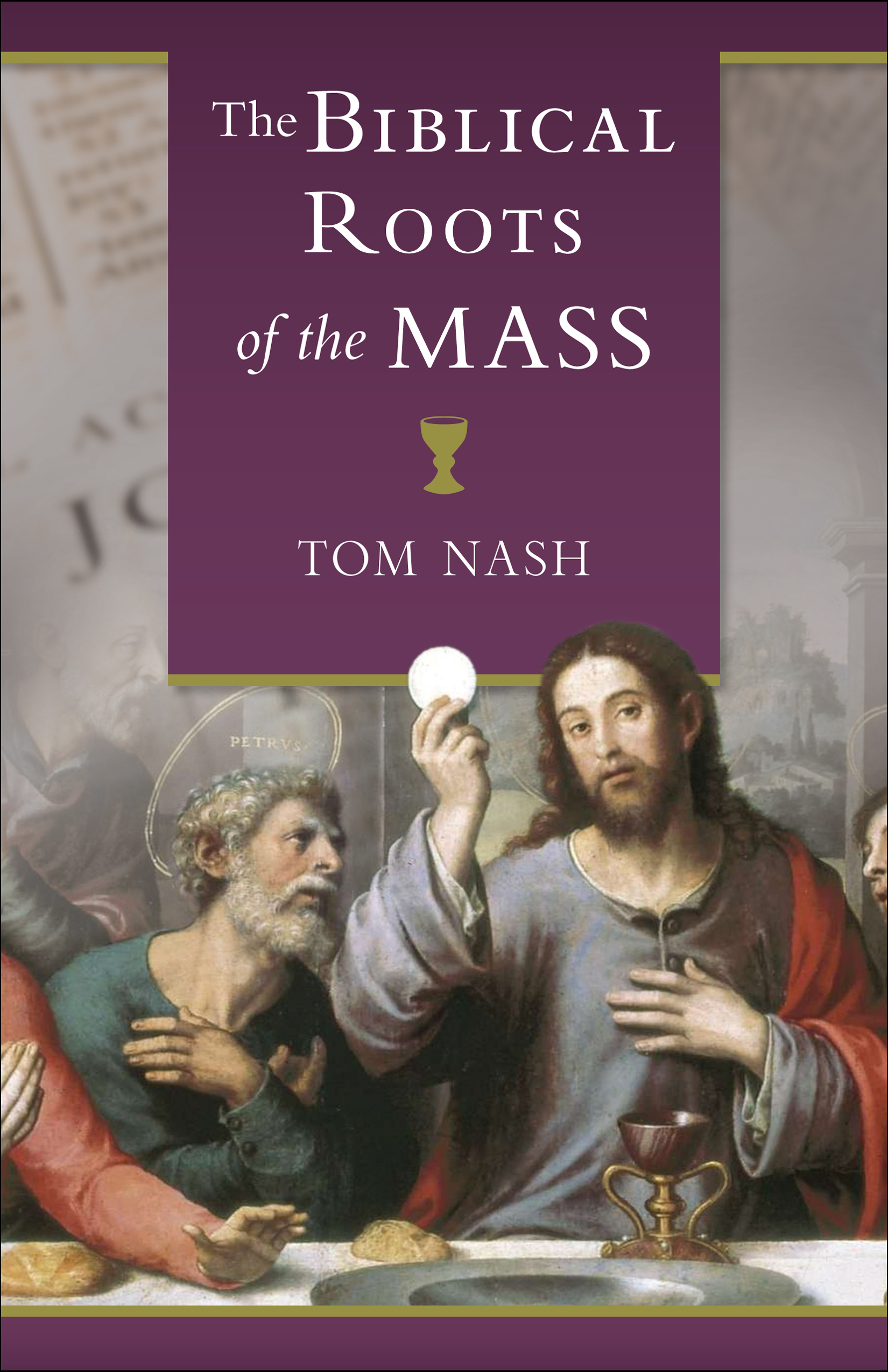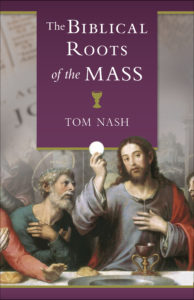[quote_box_right]
‘The Biblical Roots of the Mass’
Author: Thomas J. Nash
Publisher: Sophia Institute Press
Length: 256 pages
Release Date: May 19, 2015
ISBN: 978-1622822591
Order from: shop.sophiainstitute.com
[/quote_box_right]
It’s one thing to be born and baptized into the Church or make up our own mind, for whatever reason to become Catholic, but it’s something altogether different to prove why being Catholic lies at the root of the Truth.
The difference between the Roman Catholic Church and other denominations is that we don’t make it up. It happened, it was written down in Scripture, and it is for that reason that we do what we do. Thomas J. Nash’s new book, The Biblical Roots of the Mass, helps us understand why we do what we do and why the Mass is the central focus of our religious expression.
Nash, like many writers in this contemporary era, packs the historical truth of the Mass and therefore the truth of the Church into neat and tidy chapters. Each begins with a list of the background readings, two to four pages of material, and then questions for reflection or group discussion that tie up the endings of each chapter neatly.
The central issue of the Mass is the sacrificial lamb, the paschal lamb, the image that so dominates the Old Testament Jewish worship of Yahweh. Of course, in the Eucharist, this lamb is Christ Jesus. The Mass is prefigured in the Old Covenant, especially in the Passover Meal.
Nash spends two-thirds of the book discussing and detailing this prefiguration. First by explaining the origins of the Eucharist and its relationship to the Passover. Then by telling us about the sacrifice and its relationship to bread and wine. We learn about the famous — though mysterious — Melchizedek and why we mention him: he was the first to offer bread and wine with the sacrifice; thus what we do is in the “order of Melchizedek.” Eating of the lamb at Passover is the prefiguration of the eating of the Flesh and drinking the Blood in the Eucharist, Nash writes.


Themes such as: the sealing of the Old Covenant in Exodus, the wilderness tabernacle, the twice-daily offering of lambs, and the Day of Atonement all point us toward the Christ and the central issue of the Mass. All of these things tie the entire Old Testament to the New and gives us background to overcome all our doubts about the origins of the Eucharist.
Part Three shares Christ himself. John 6:1-71 is insurmountable evidence — for Christians who accept the New Testament as truth — of what Christ intended when He said, “I am the bread of life; whoever comes to Me will never hunger, and whoever believes in Me will never thirst” (John 6:35).
We need to remember the circumstances at the time: the Passover was near and 5,000 people showed up, the great miracle took place and this all led into the Bread of Life Discourse. When Jesus stated that He was the Bread of Life, some of His disciples began to mutter among themselves, doubting that Jesus was who He said He was. For all those disciples, for our Protestant friends, and all those Catholics who no longer believe in the Real Presence, Jesus could have broken it off, put them all at ease and revealed the joke.
But He didn’t.
Jesus did not back down, saying: “Amen, amen, I say to you, unless you eat the flesh of the Son of Man and drink His blood, you do not have life within you. Whoever eats My flesh and drinks My blood has eternal life, and I will raise him on the last day. For My flesh is true food, and My blood is true drink. Whoever eats My flesh and drinks My blood remains in Me and I in him” (John 6:53-56).
Nash’s book tells the Truth and steeps us in the one thing that all Christians accept: the Bible. Now, all we have to do, after reading this book, is to bring it to all those others who don’t believe in what we do.
Great read.







